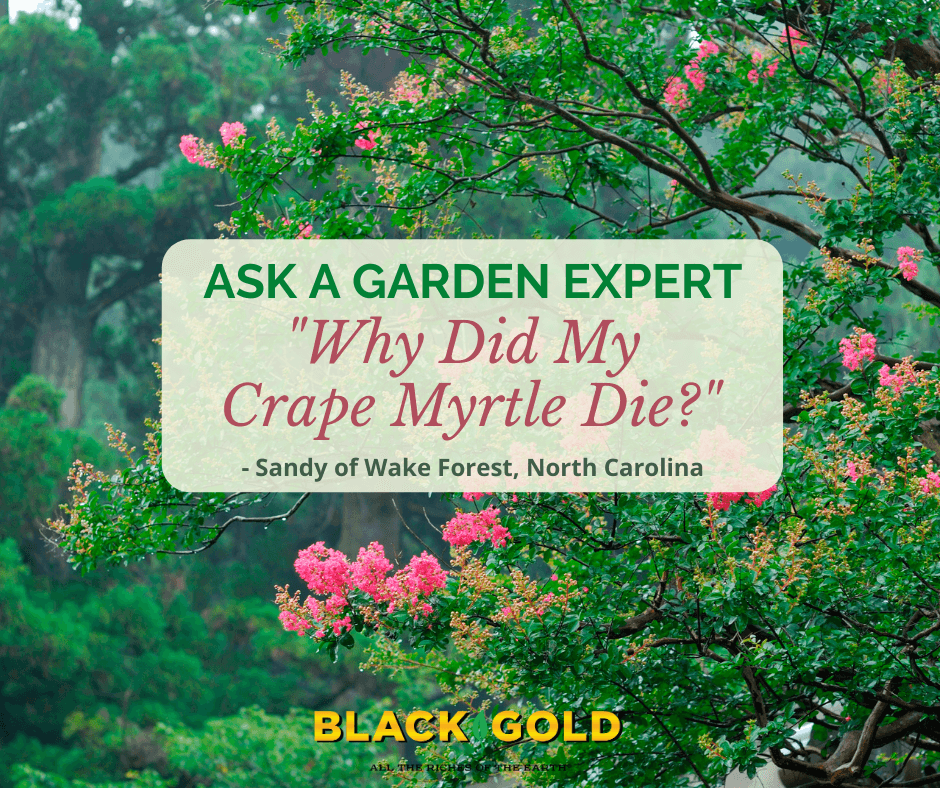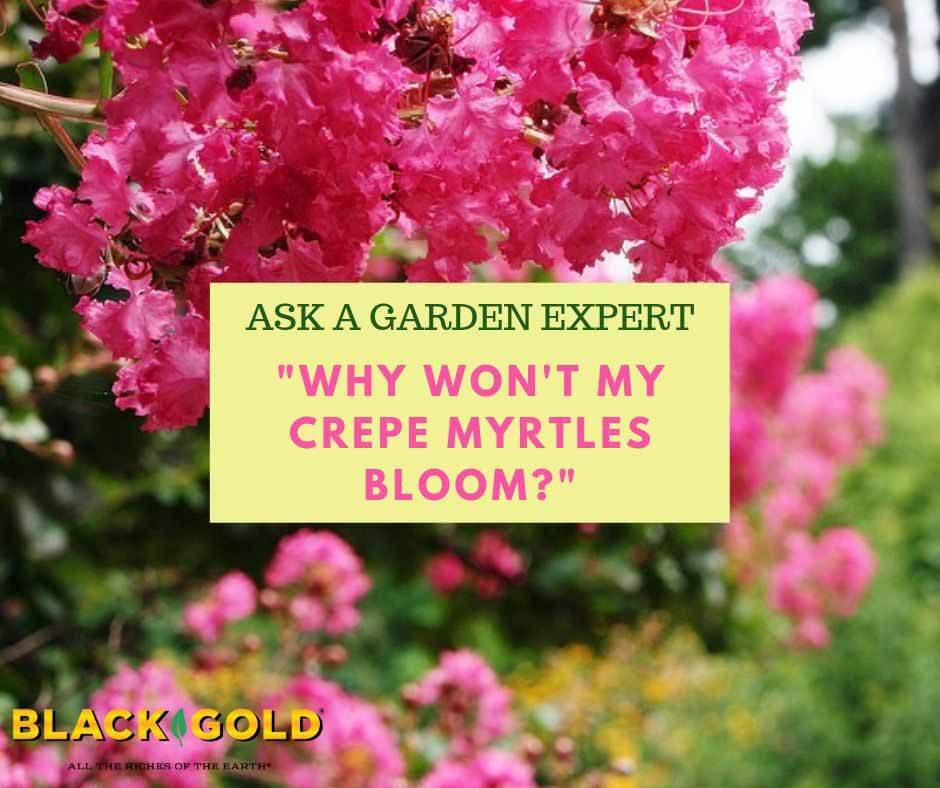
“What caused my grown crepe myrtle to die? it was doing fine for many years, then just died. I cut down the branches [last spring] hoping it would revive, but it did not. I have several crepe mytles and never had one die before. Question from Sandy of Wake Forest, North Carolina
Answer: Crape myrtles (Lagerstroemia indica) are usually quite trouble-free, but there are some threats that can cause them serious problems. Cold snaps will certainly cause crape myrtles to die back to the ground, but I see that your winter weather last year was quite mild.
Crape Myrtle Bark Scale
Another possibility for the fast decline of your trees is the crape myrtle bark scale (Eriococcus lagerstroemia or CMBS). The serious pest just recently appeared in North Carolina (click here for a detailed fact sheet), and it can devastate trees. SMBS is a fuzzy white scale insect that quickly covers crepe myrtle branches, sucking the life out of the newer and older growth. Live scale insects can be squashed in the summertime to reveal their red, blood-like interior. It’s a good way to identify the pests. Various external and systemic pesticides can be used to kill CMBS. To learn more, please contact your local extension agent (click here to find your local extension agent).
Most other crape myrtle pests and diseases cause limited damage, so make sure your trees are fully dead before cutting them down. Were any of last year’s leaves and stems alive? If so, continue to prune off the dead stems next season, leave the living stems, and contact your extension agent as soon as possible. They can test trees for the presence of additional diseases that may be plaguing them.
Happy gardening,
Jessie Keith
Black Gold Horticulturist


